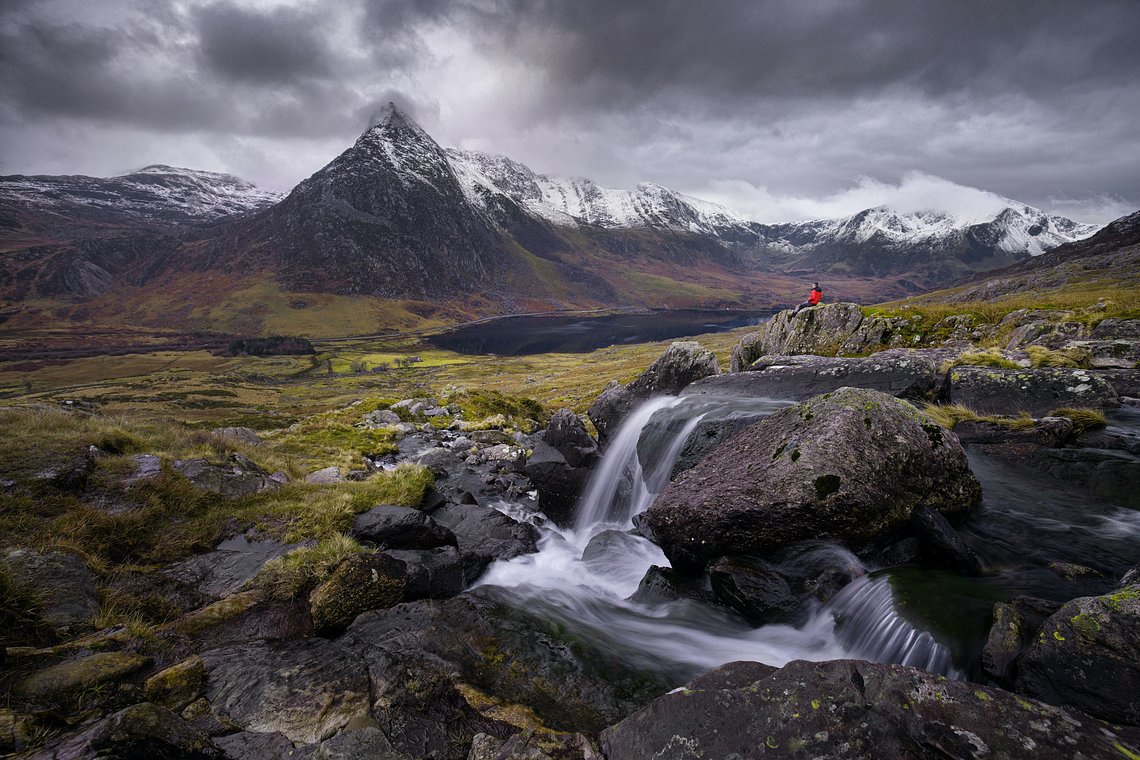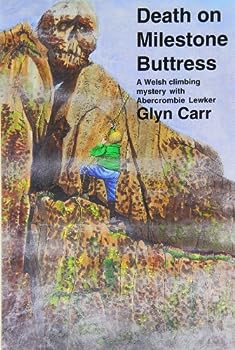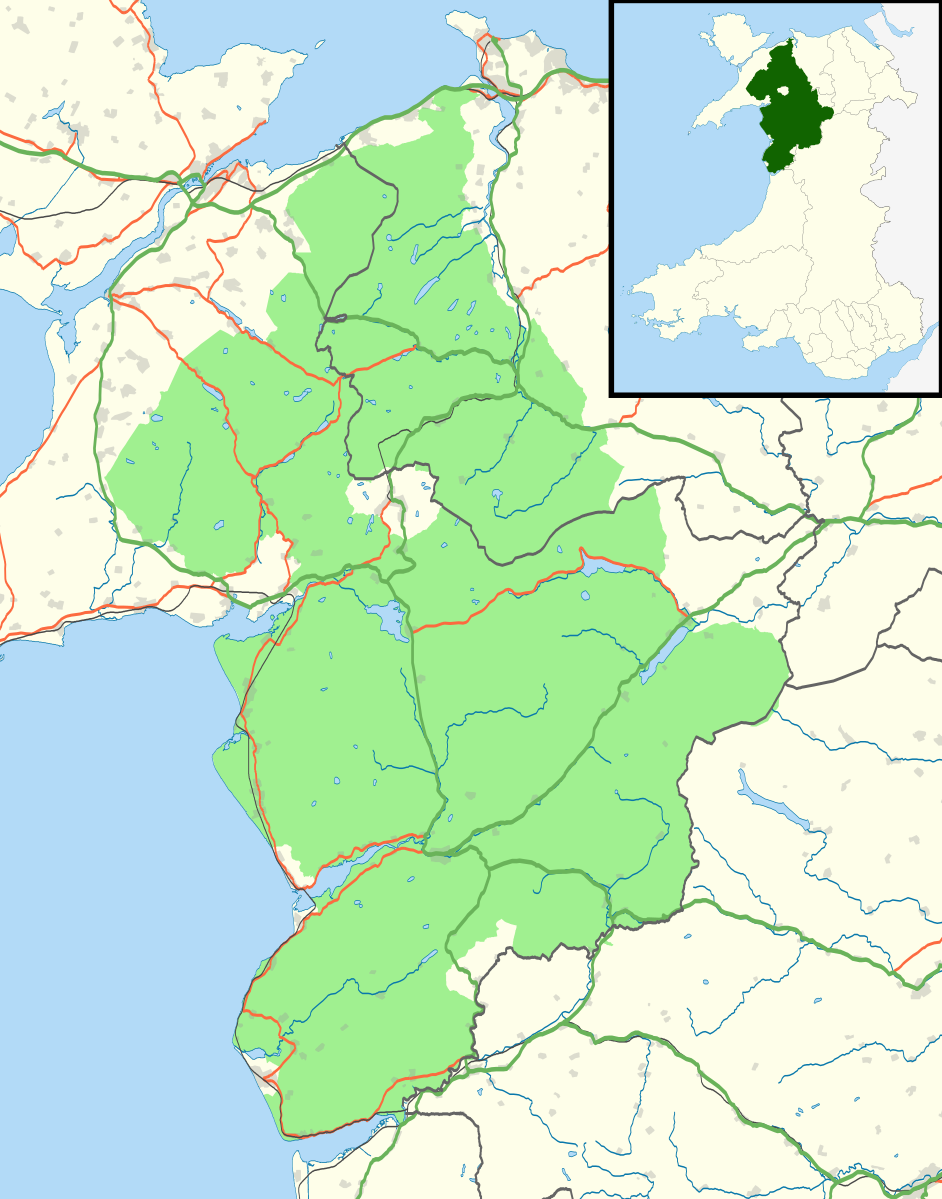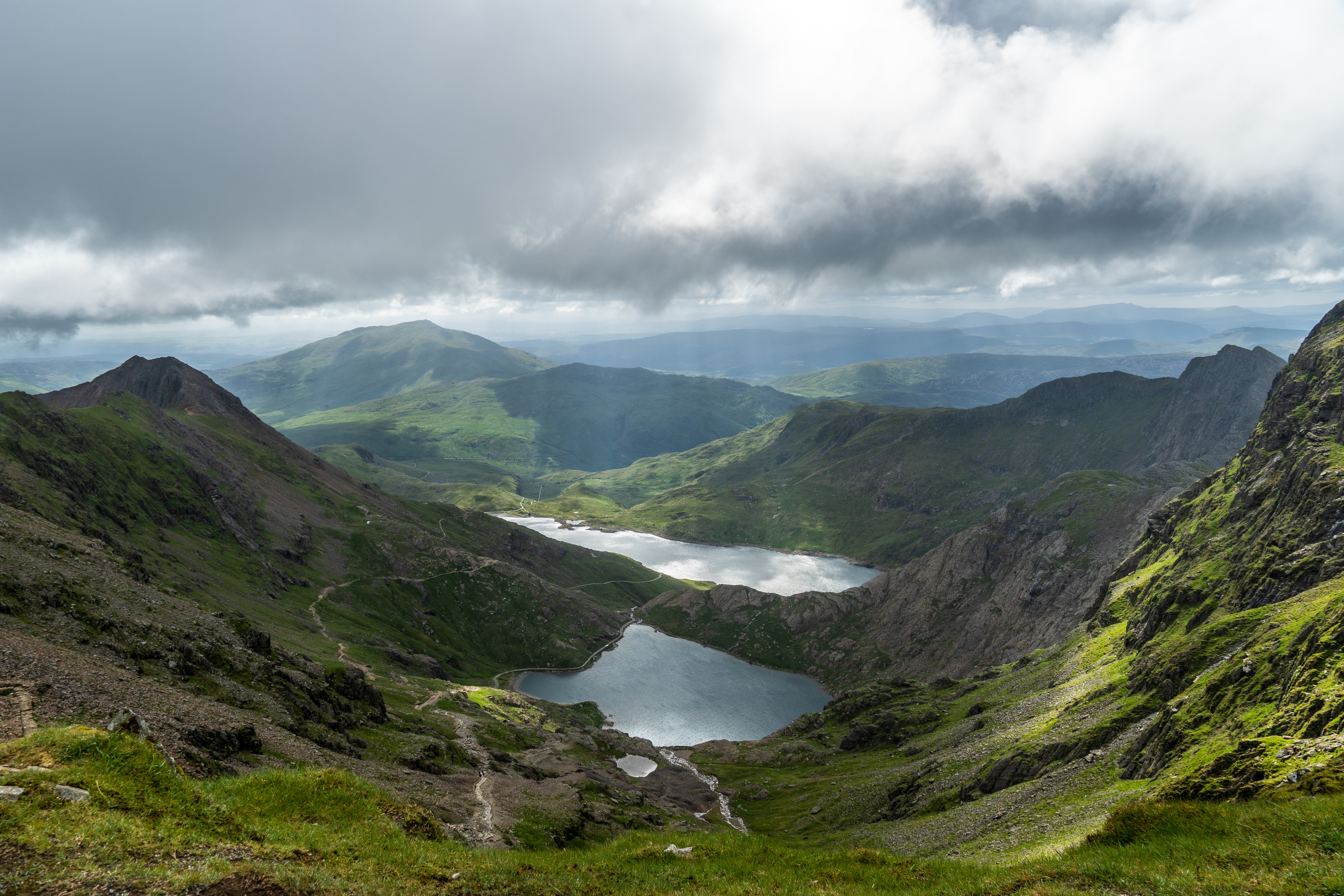Snowdonia of Sir Lewker
Sir Abercrombie (“Filthy”) Lewker, a former commando and pompous Shakespearean actor is a fictional character invented by the English writer Glynn Carr. Filthy solves murders while mountaineering. One of his deed was the resolution of a mysterious murder in Snowdonia, presented in the book Death on the Milestone Buttress...

 by Mavi
·
Wed 26 Jul 2023
by Mavi
·
Wed 26 Jul 2023
Frank Showell Styles (1908-2005), an English author, penned works under the pseudonym Glyn Carr. Born in Warwickshire and schooled in Sutton Coldfield, Styles tied the knot with Kathleen Jane Humphreys in 1954. A passionate explorer and mountaineer, he authored a plethora of non-fiction books. He created the series character, Sir Abercrombie Lewker, who featured not only in works under the Carr pseudonym, but also in two titles under Styles' real name.
The curtain has fallen on the final scenes of "The Tempest", and the great Shakespearian actor Abercrombie Lewker is already anticipating his imminent holiday in the mountains, climbing as usual. However, the destination of his alpine leisure changes at the last moment and with his old Wolseley, he sets course towards the Snowdonia mountains, in North Wales. Upon arriving at the farm where he's headed, he discovers that a mountaineering gathering has been organized among old friends, a varied group to which he himself joins. But on the second day, on the easy normal route of the Milestone Buttress, the young scientist and expert mountaineer Raymond Cauthery falls and dies. To the keen senses of the amateur detective Lewker, the accident takes on suspicious overtones.

Cover of the book "Death on Milestone Buttress"
We don't want to spoiler too much the book, which we found intriguing and interesting, but we'd like to give some information about the location of the story, Snowdonia, and the climbing attractiveness.
Snowdonia or Eryri is a mountainous region and national park in northwestern Wales. It is a place rich in history, has seen figures from King Arthur to Mallory, Edwards, Kirkus, Brown, Whillans, Boysen, Livesey, and Fawcett and more.
The name "Snowdon" means "snow hill" and is derived from the Old English elements "snāw" and "dūn", the latter meaning 'hill'. "Snowdonia" is simply taken from the name of the mountain.
The origins of Eryri are less clear. Two popular interpretations are that the name is related to eryr, "eagle", and that it means "highlands" and is related to the Latin oriri (to rise). Although 'eryri' is not any direct form of eryr (eagle), it is a plural form of eryr (upland).
Before the boundaries of the national park were designated, "Snowdonia" was generally used to refer to a smaller upland area of northern Gwynedd centred on the Snowdon massif. The national park covers an area more than twice that size, extending south into the Meirionnydd area.

Map of Snowdonia National Park
This difference is apparent in books published before 1951. In George Borrow's 1907 Wild Wales he states that "Snowdon or Eryri is no single hill, but a mountainous region, the loftiest part of which [is] Y Wyddfa", making a distinction between the summit of the mountain and the surrounding massif. The Mountains of Snowdonia by H. Carr & G. Lister (1925) defines "Eryri" as "composed of the two cantrefs of Arfon and Arllechwedd, and the two commotes of Nant Conwy and Eifionydd", which corresponds to Caernarfonshire with the exception of southwest Llŷn and the Creuddyn Peninsula. In Snowdonia: The National Park of North Wales (1949), F. J. North states that "When the Committee delineated provisional boundaries, they included areas some distance beyond Snowdonia proper".
Climbing in Snowdonia
This area boasts an extensive variety of rock climbing experiences. Whether it's cragging or high mountain routes, the climbs are mostly traditional and can be incredibly challenging and downright frightening, like in Glynn Carr's book!
Yr Wyddfa stands as the tallest peak in Snowdonia, and even though the National Park is home to multiple mountains exceeding 3,000 feet, this renowned mountain's fame outshines all the others in popularity.
Here is a selection of routes and climbs that we suggest:
- Milestone Direct Route – Milestone Buttress
Go experience the mountains of Glynn Carr book! Positioned close to the main road (A5) this route is easy to access. It can be difficult to find your foothold though due to the many climbers who’ve taken this approach over the years. Some bouldering is available nearby if you don’t have enough equipment for this hard very severe (HVS) climb.
- Great Gully – Craig yr Ysfa
Great Gully is one of Craig yr Ysfa’s classic climbs. With a difficulty rating of grade three, it’s not advisable for inexperienced climbers. For those up to the challenge though, it’s a varied route with breath taking views from the top.
- Gashed Crag, First Pinnacle Rib, Grooved Arete
Boasting challenging yet popular climbs, you’ll be in great company on Gashed Crag, First Pinnacle Rib and Grooved Arete. Finding the routes can be complex, but no experienced climber should go home from Snowdonia without completing them. If bouldering is more your cup of tea however, there’s plenty on offer in Ogwen Valley.
- Glyder Fach
Depending on your ability, there are 97 climbs to choose from. From the moderate Main Gully Ridge on the east buttress to the extreme Slim Chance on the Hawks nest buttress, you’ll find plenty here to get stuck into.
- Llywydd – Avalanche/ Red Wall & Longlands Continuation
Routes steeped in history, Avalanche, Red Wall and Longlands Continuation were used as training for the Mount Everest team of 1953.

